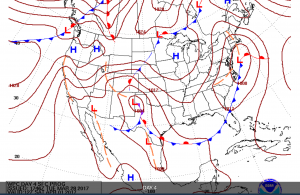Recent data from the FAA empirically indicates that we are experiencing a declining trend in US Commercial Multi-Engine pilot and ATP certificates being issued. There are many motivations for whether people choose to become pilots and seek professional employment in the field, and while I am not going to go into that here, there is important data relevant to pilot capacity discussions as we consider current testing and certification trends.
The number of ATP practical tests being administered in the U.S. is declining significantly following two years of declining numbers in the number of ATP Knowledge Tests. While the number of commercial multi-engine pilot certifications has remained flat, the percentage of tests being completed by U.S. pilots is dropping. These two trends mean fewer U.S. pilots qualified for ATP certification and for future employment by U.S. airlines.
These trends are partially the result of changes in FAA certification regulations over the past years that impacted what steps a pilot must complete in order to be ATP certificated. While other industry factors are also at play, and many will contend that pay is a major factor here, the direct correlation to the reductions in certification by U.S. pilots has tracked in line with the changes in certification requirements that were implemented.
On August 1st, 2014, it became mandatory that anyone who taking a FAA ATP Knowledge Test has completed a specific ATP CTP training course, of which there are only a few providers and for which the cost is significant. Pilots who had completed the test prior to this date had a grace period of 24 months until their test was no longer valid, and on August 1st, 2016 this expired. In the first half of 2014, we saw a surge of pilots taking their FAA ATP Knowledge Tests prior to that deadline, and as we expected, in 2016 we saw a surge of pilots completing their FAA ATP Practical Tests in the first half of 2016. Since then, we have seen a significant decrease in monthly volume of ATP practical tests. Continue reading

